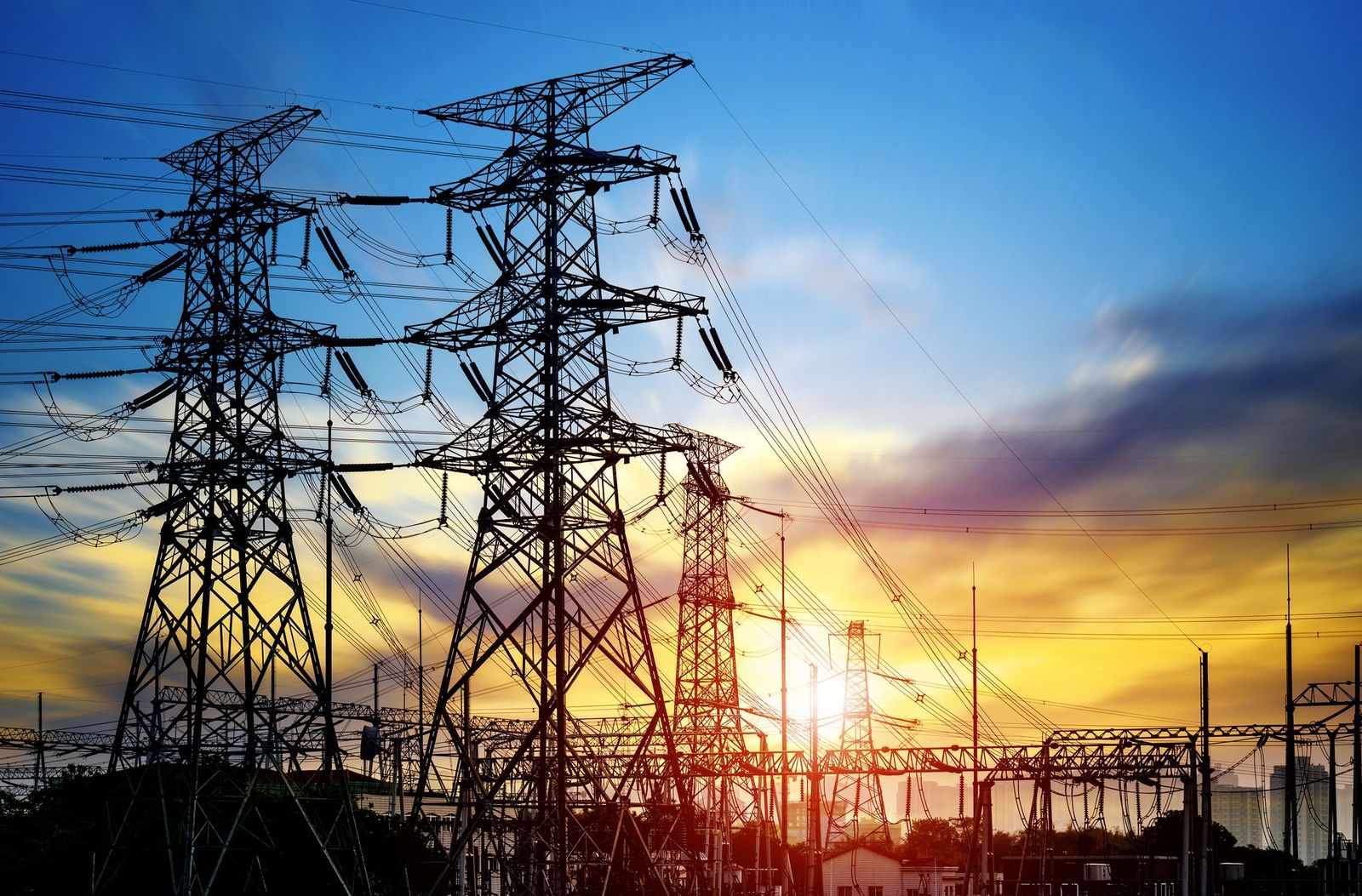 [datacenter_tag_image]
[datacenter_tag_image]
California is achieving ambitious clean energy goals, yet diesel generators still support critical infrastructure. Shifting to natural gas can cut pollution, address public health concerns, and strengthen the grid.
California, renowned for its ambitious climate leadership and strong focus on clean energy, seems like an unlikely place for rampant diesel fuel proliferation. Headlines were made when the California Air Resource Board (CARB) began setting new clean air standards for transportation – including diesel trucks, boats, and even cars. But a less visible and arguably more impactful diesel emissions problem lies elsewhere.
Despite California’s strict environmental policies, diesel power generation remains a hidden yet growing threat to communities in the state’s quest for cleaner energy. Generation technologies that utilize natural gas as a fuel source must be considered as a preferred alternative to diesel to reduce both local air pollution and global greenhouse gas emissions. California can do better. With natural gas power-generation technologies, the state can deliver on-demand power more cleanly than diesel, and when coupled with renewable natural gas, it has the potential to offer a net-negative impact to global greenhouse gas emissions.
Behind hospitals, government buildings, manufacturing plants, and other critical infrastructure facilities, diesel generators continue to be permitted for routine testing and emergency operation, contributing significantly to air pollution and simultaneously harming communities already experiencing outsized impacts to their quality of health and life. In fact, diesel generators permitted in the San Francisco Bay Area and Los Angeles Basin emit the same smog-creating pollutants as more than 3,300 medium- and heavy-duty diesel trucks annually, even though most of their run hours are for testing and maintenance. Diesel exhaust emissions, according to CARB, are believed to be responsible for approximately 70% of California’s estimated known cancer risk attributable to toxic air contaminants. California’s commitment to clean energy, strong environmental policies, and renewable power generation has set the bar for energy transition goals. But diesel generators, which currently power critical infrastructure during monthly testing, power outages, or sometimes during other grid emergencies in the state, contribute a significant amount of air pollution and disproportionately impact vulnerable communities. This reliance on diesel for backup power is a challenge to the state’s environmental goals and adds to local health burdens, which according to the Centers for Disease Control and Prevention include increased risks of asthma, cardiovascular disease, and certain cancers.
We can and must do better, and that calls for technologies that mitigate community health risks, assist the state in meeting its ambitious greenhouse gas emission goals, and are additive to the grid.
Powering Virginia’s Economic Growth: A Closer Look at Diesel Permitting Trends
This executive summary addendum to our “Cleaner power for California communities” white paper shifts the spotlight to Virginia. The summary examines the balance between unprecedented power demand from data centers and the need to grow mission-critical infrastructure without compromising air quality, reliability, or climate targets.